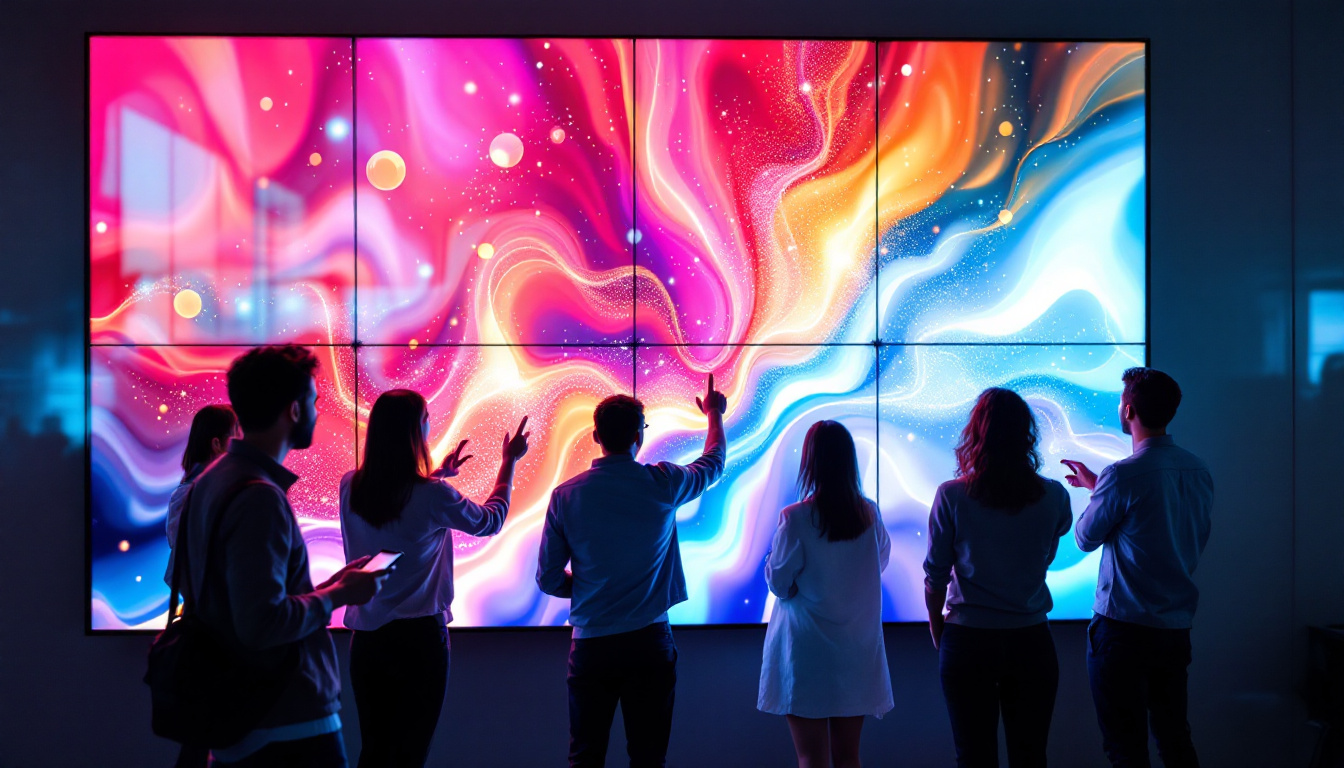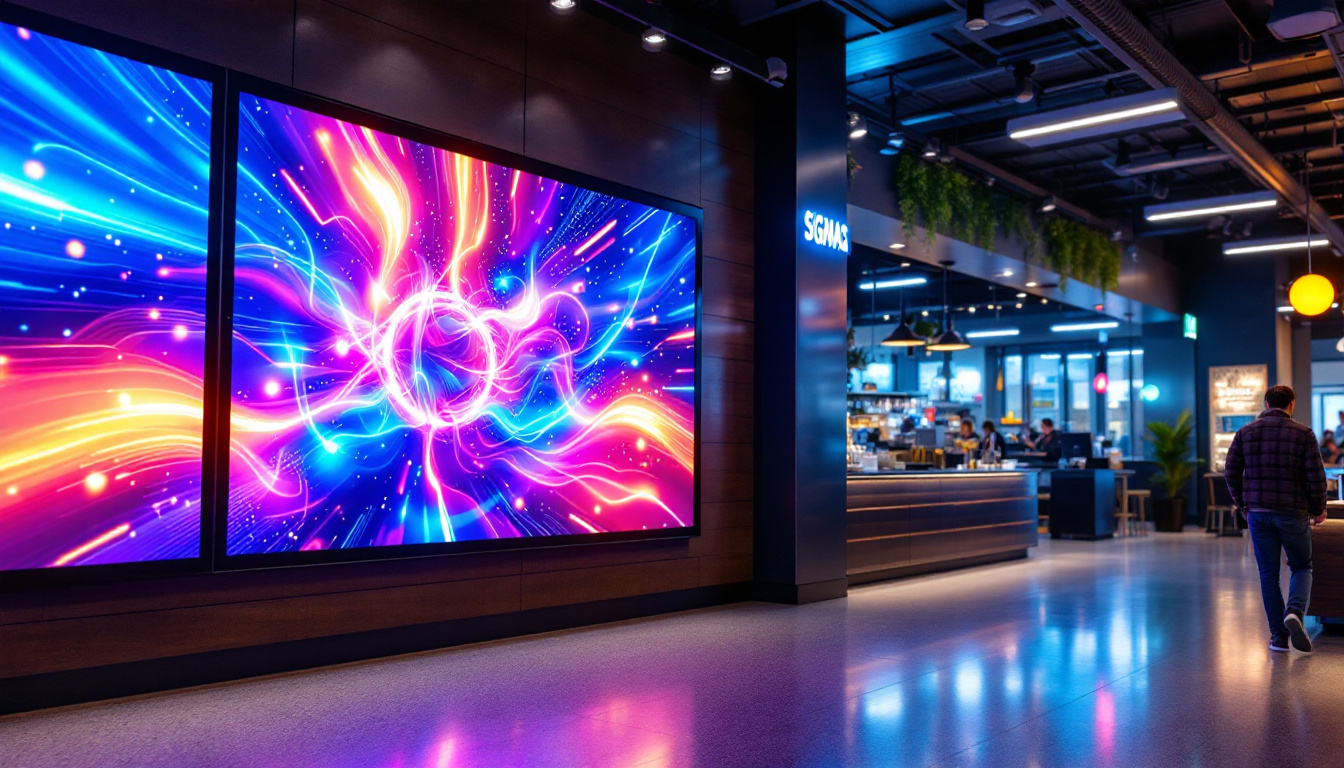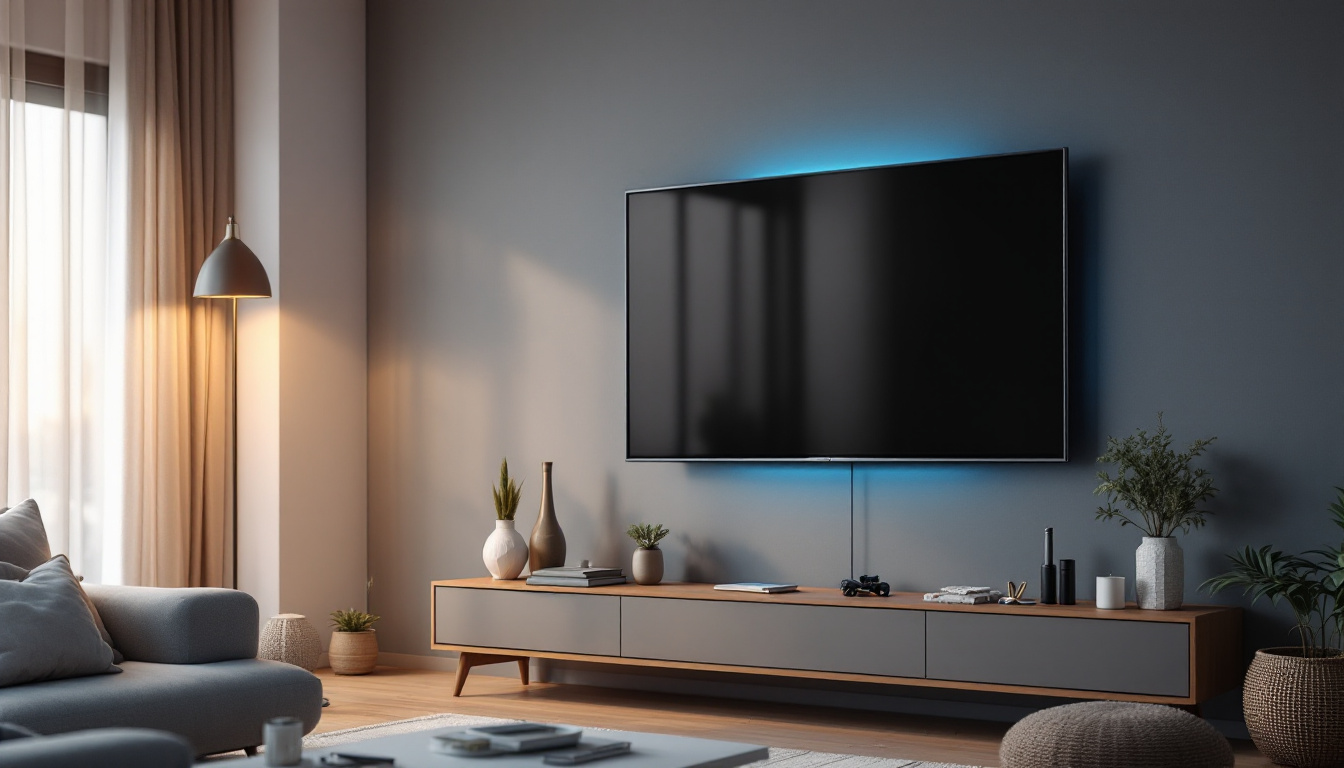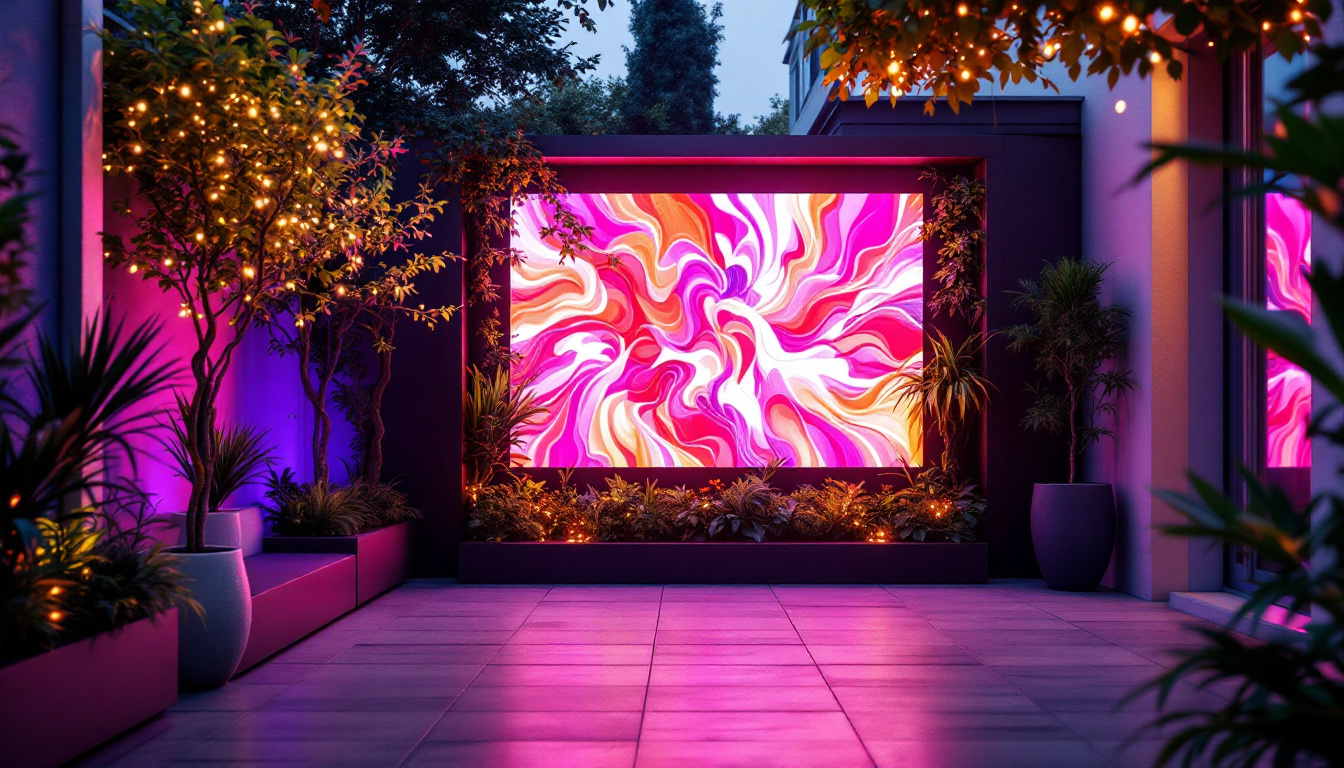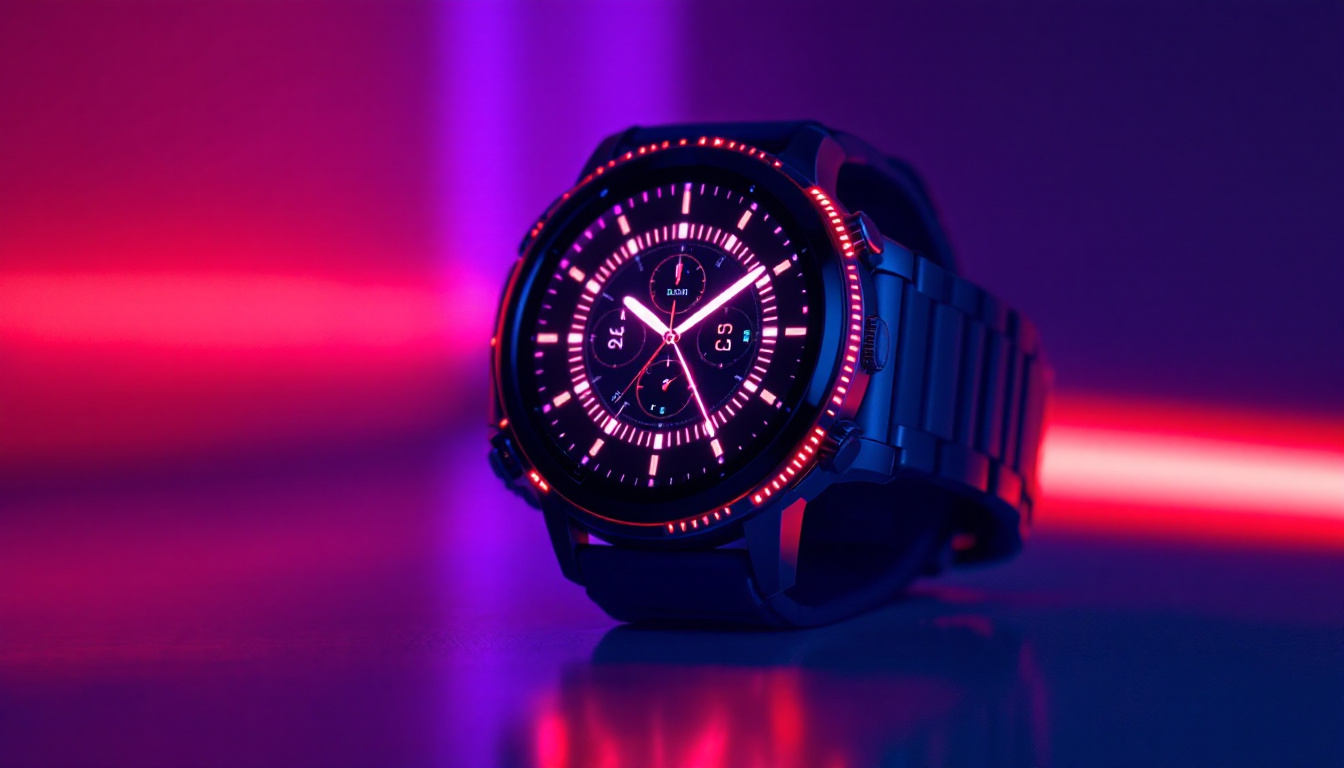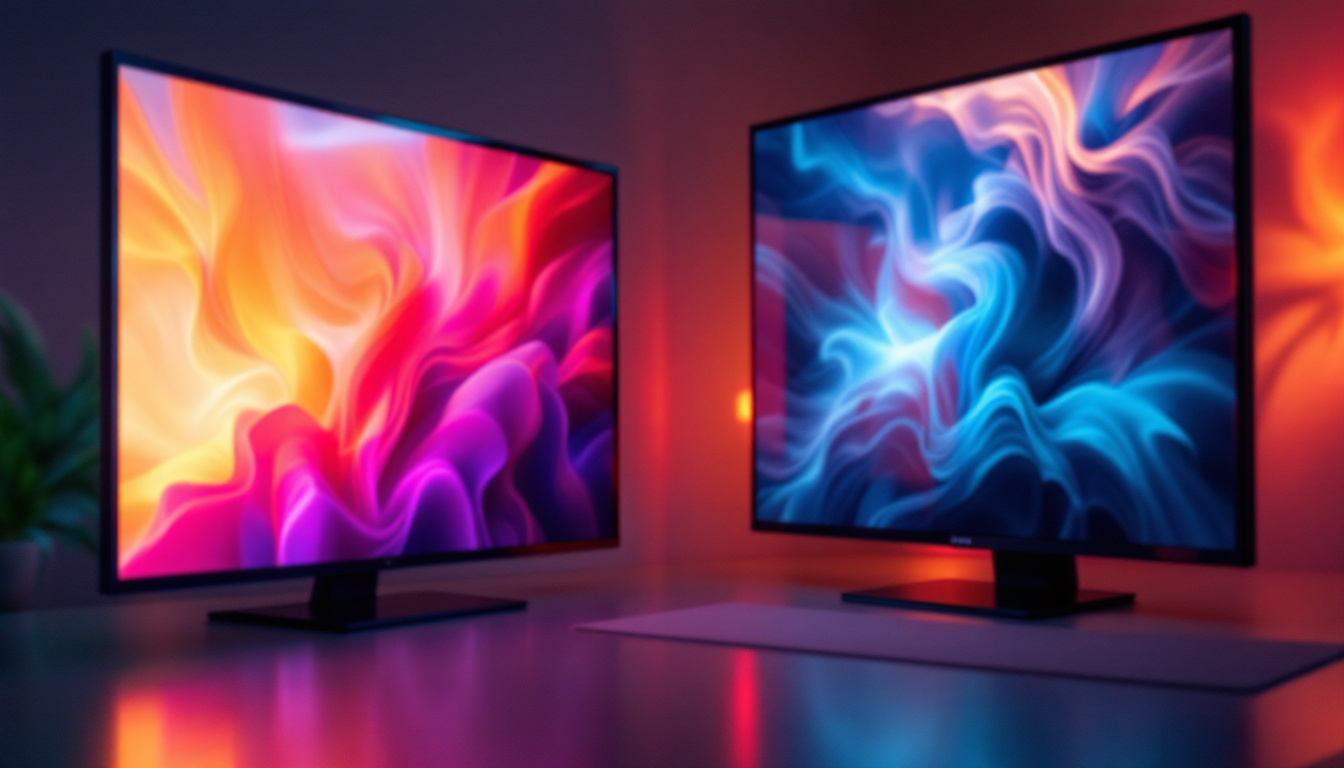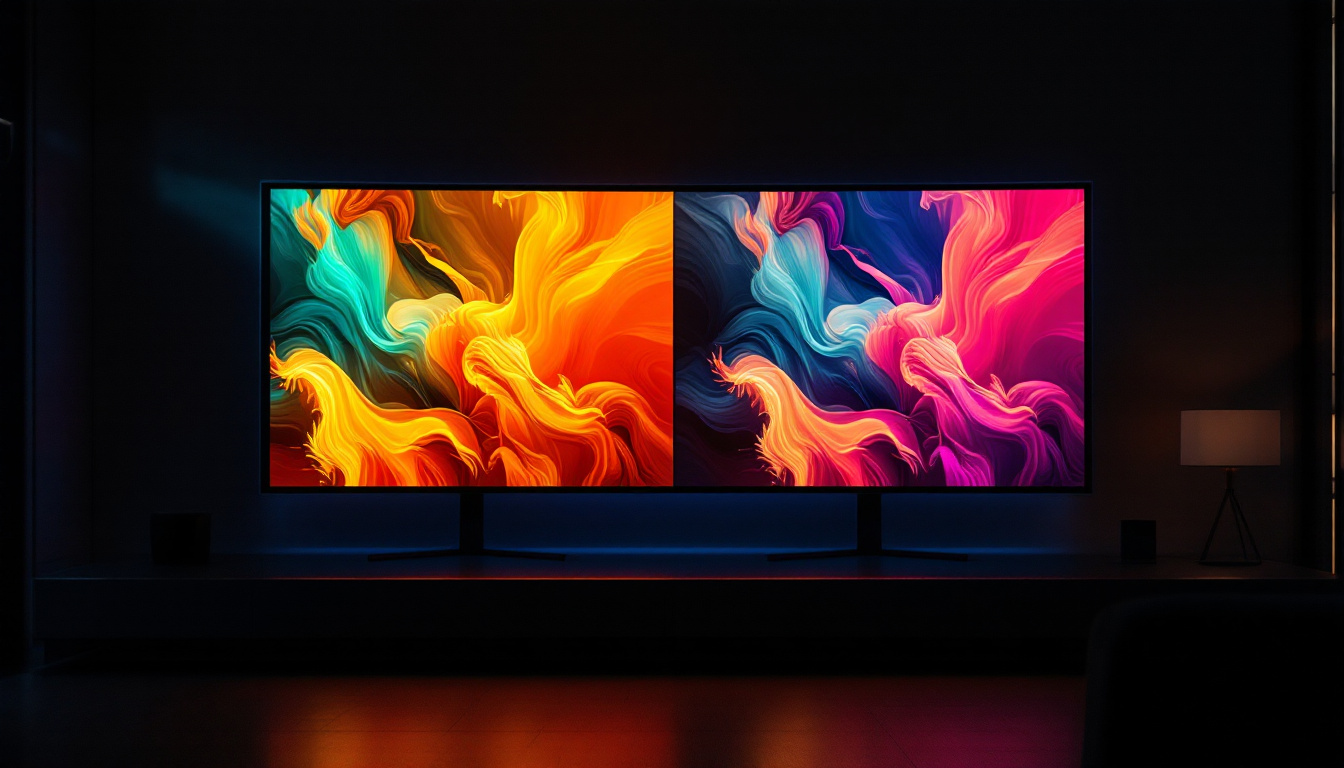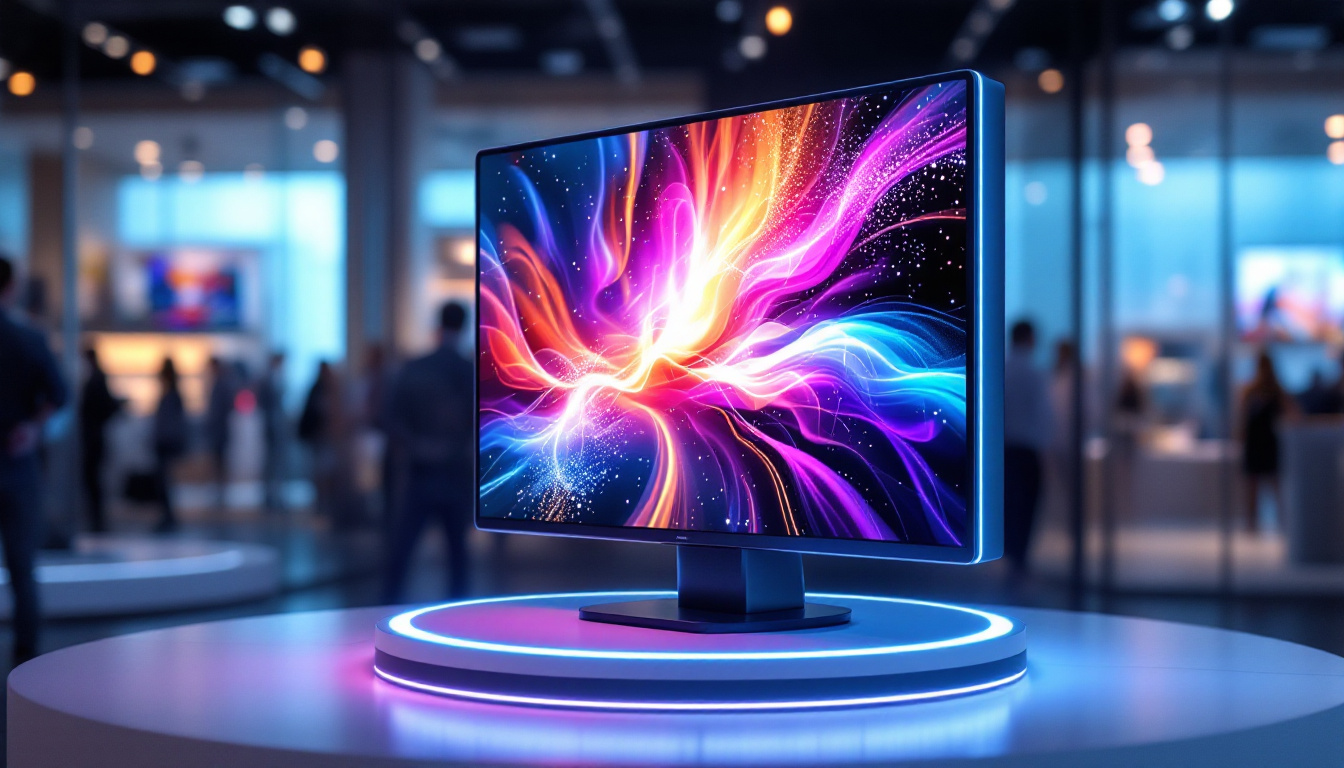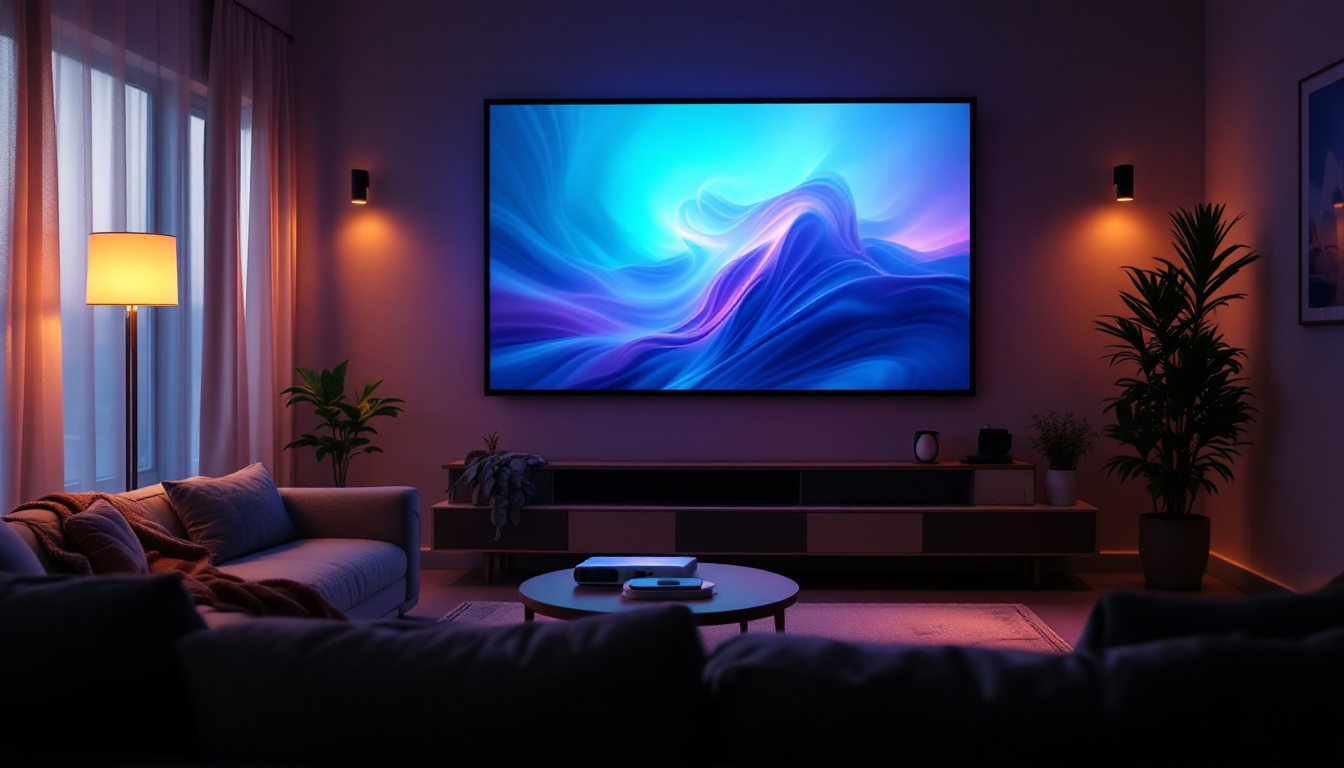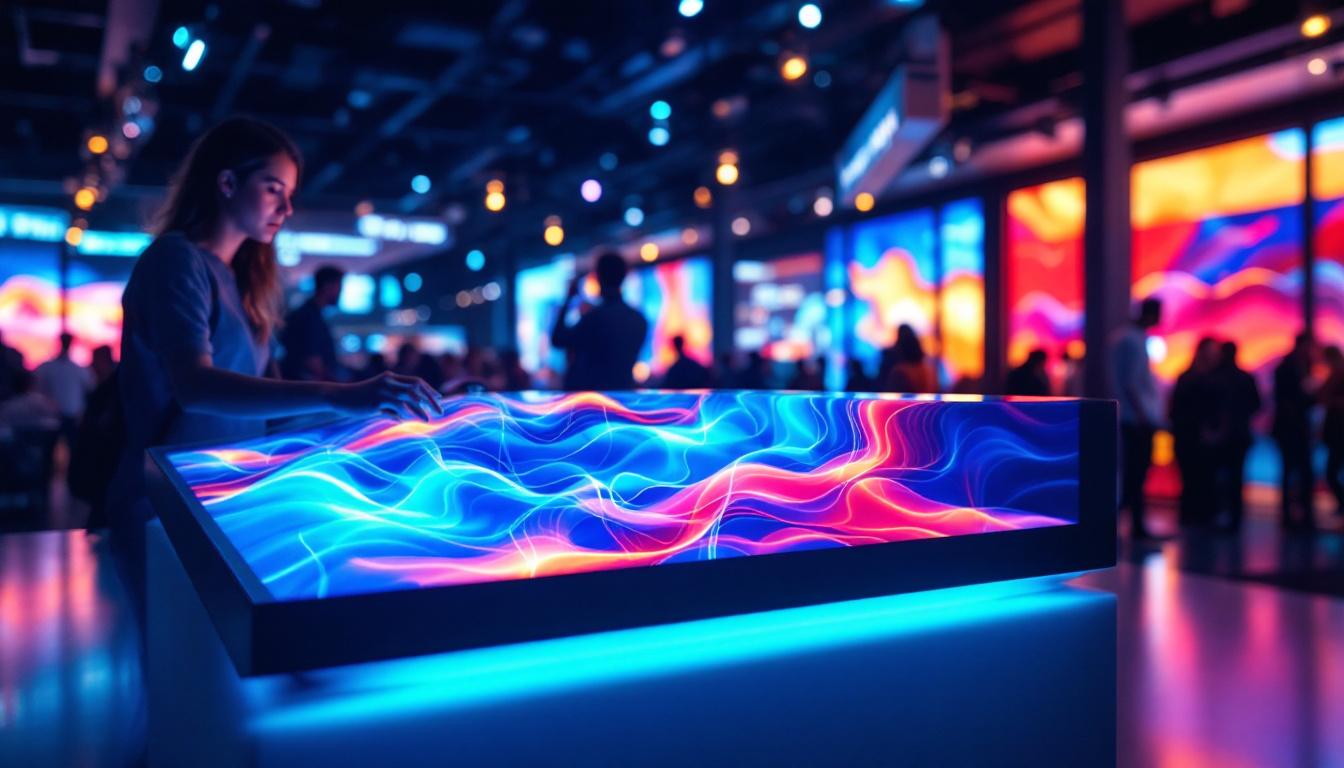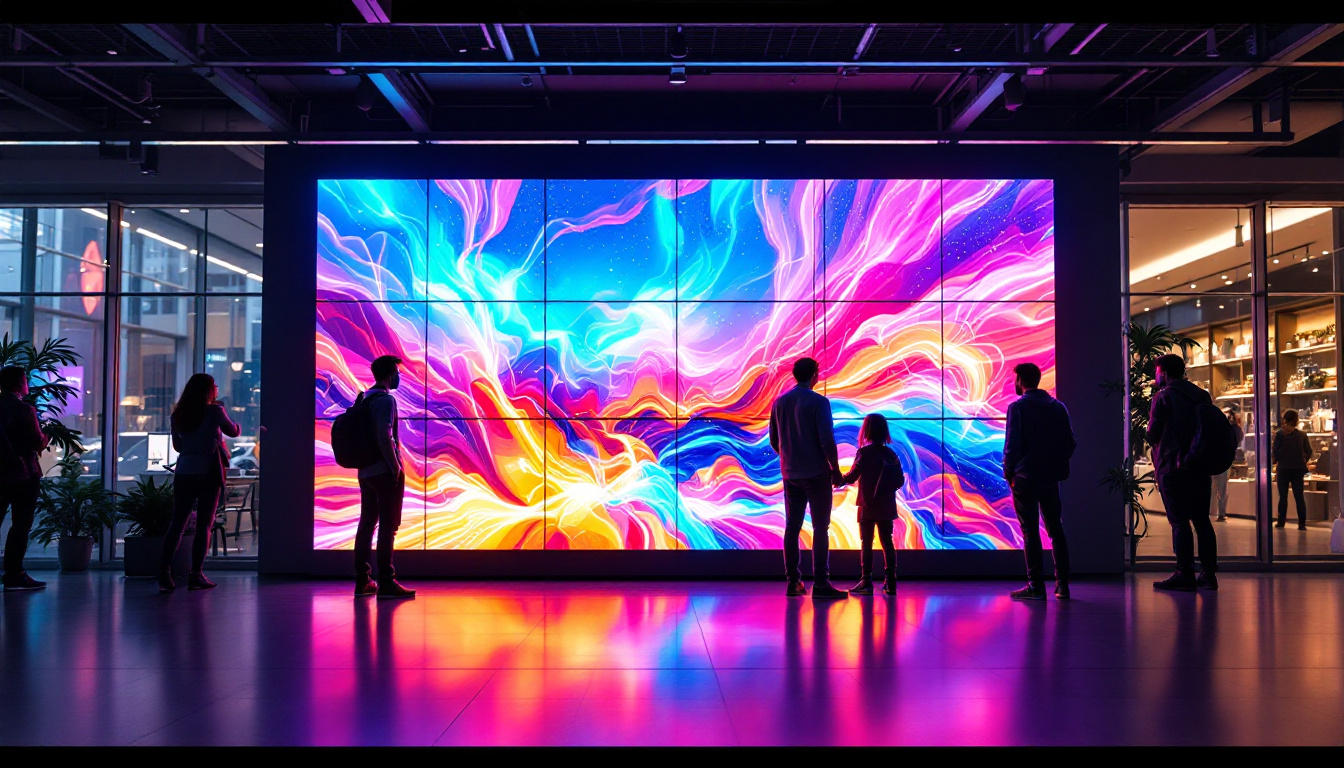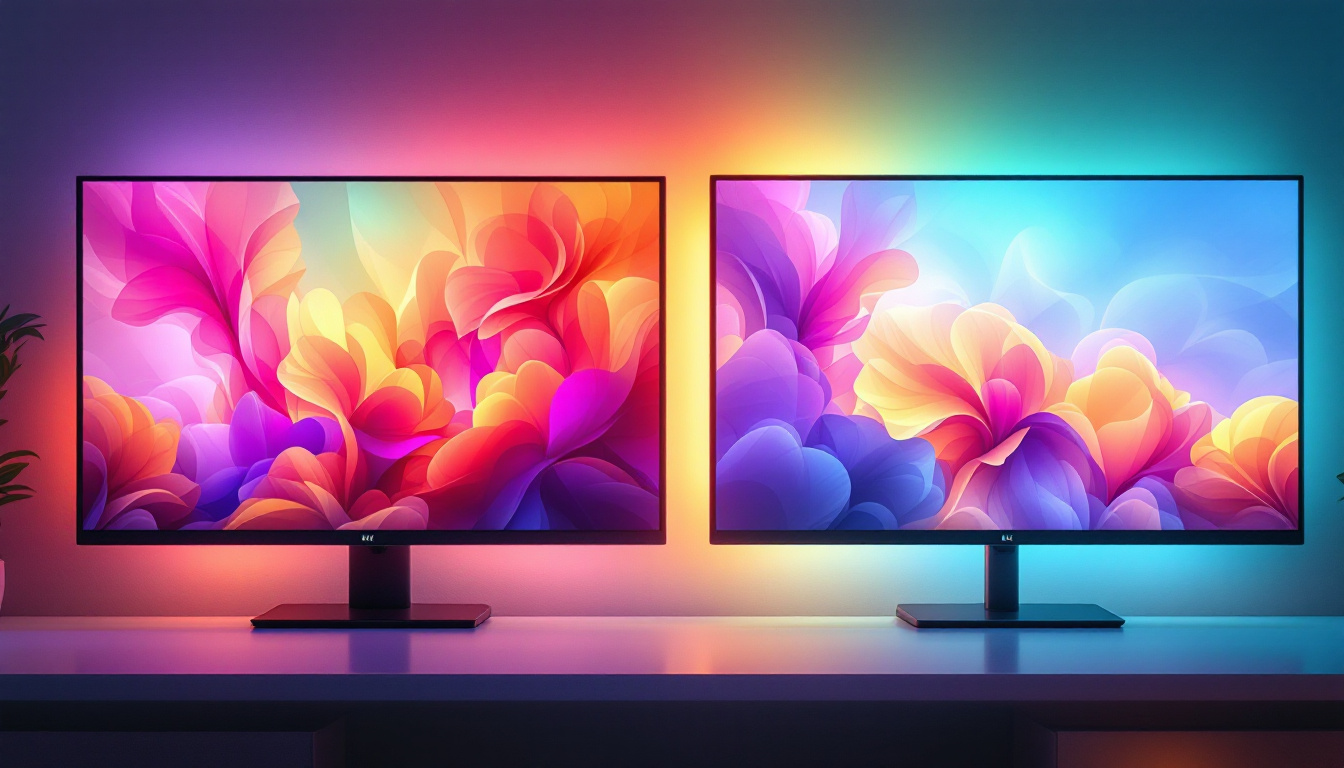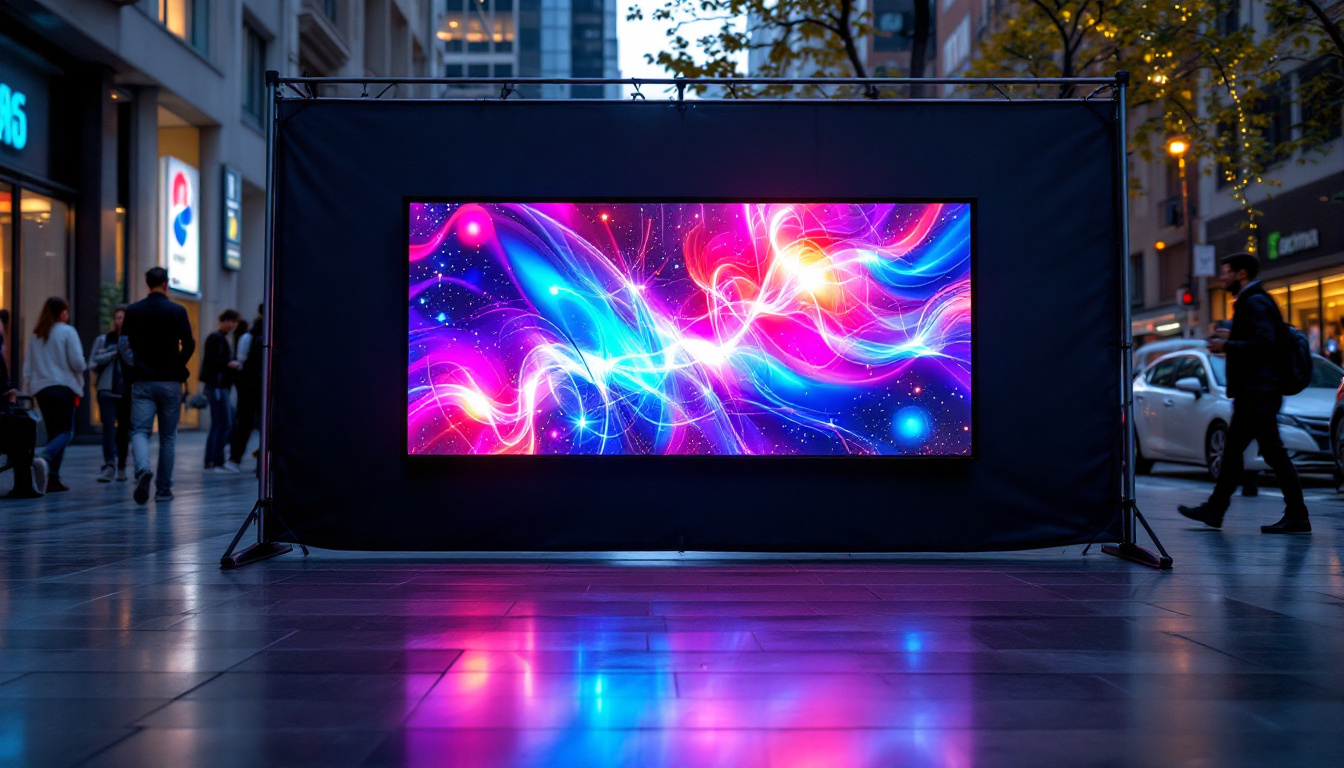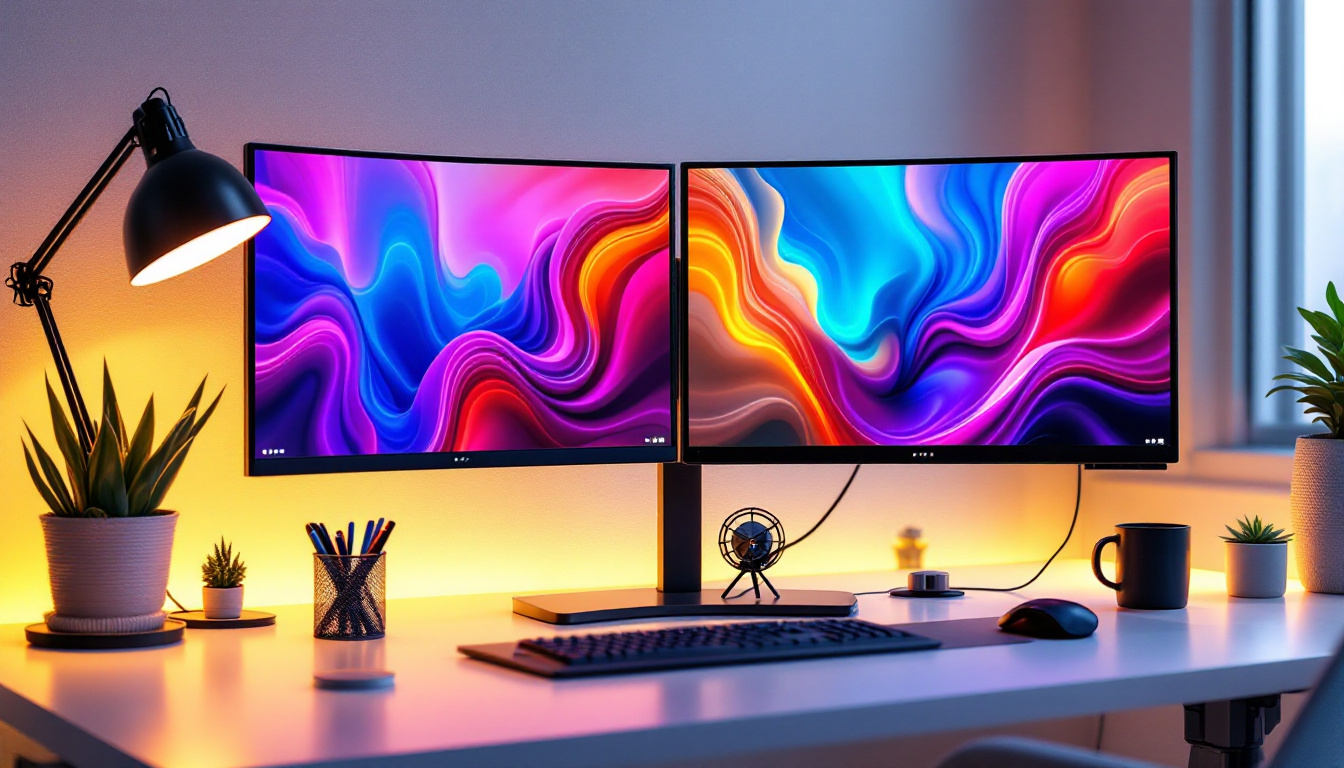Touch screen monitors have revolutionized the way users interact with computers, blending the tactile ease of smartphones and tablets with the power and versatility of desktop computing. Among the various display technologies available, LED displays stand out for their efficiency, image quality, and adaptability to touch interfaces. This article explores the fundamentals of touch screen monitors, delves into the specifics of LED display technology, and explains why this combination is becoming increasingly popular in both professional and personal computing environments.
Understanding Touch Screen Monitor Technology
What is a Touch Screen Monitor?
A touch screen monitor is a display device that allows users to operate a computer by simply touching the screen. Unlike traditional monitors that require input devices such as a mouse or keyboard, touch screen monitors enable direct interaction with the graphical user interface (GUI). This intuitive mode of input is especially beneficial for applications requiring quick navigation, drawing, or data entry.
Touch screen monitors come in various sizes and resolutions, catering to different needs—from compact screens for point-of-sale systems to large-format displays for collaborative workspaces. The integration of touch technology into monitors has expanded the potential of computing devices, making them more accessible and user-friendly.
Types of Touch Technologies
There are several touch sensing technologies used in monitors, each with its own advantages and limitations:
- Resistive Touch: Consists of two flexible layers that register touch when pressed together. It is cost-effective and works with any pointing device but generally offers lower clarity and multi-touch support.
- Capacitive Touch: Uses the electrical properties of the human body to detect touch. It provides excellent image clarity, supports multi-touch gestures, and is highly responsive, making it the preferred choice for modern touch screens.
- Infrared Touch: Employs an array of infrared LEDs and photodetectors around the screen edges to detect touch by interruption of the light beams. It offers high durability and can detect any input type but may be affected by external light sources.
- Surface Acoustic Wave (SAW): Uses ultrasonic waves that are absorbed when the screen is touched. It provides good image clarity but is vulnerable to surface contaminants.
Among these, capacitive touch technology is the most widely adopted in contemporary touch screen monitors, especially those paired with LED displays, due to its precision and responsiveness.
The Role of LED Displays in Touch Screen Monitors
What is an LED Display?
LED stands for Light Emitting Diode, a semiconductor device that emits light when an electric current passes through it. In the context of computer monitors, LED displays refer to LCD (Liquid Crystal Display) panels that use LED backlighting instead of traditional cold cathode fluorescent lamps (CCFLs). This shift to LED backlighting has brought significant improvements in brightness, energy efficiency, and color accuracy.
LED displays are not to be confused with OLED (Organic Light Emitting Diode) displays, which are self-emissive. Instead, LED displays use LEDs as a light source behind an LCD panel, controlling the light passing through liquid crystals to create images.
Advantages of LED Displays for Touch Screens
Integrating LED technology into touch screen monitors offers numerous benefits:
- Enhanced Brightness and Contrast: LED backlighting provides brighter displays with better contrast ratios, improving visibility in various lighting conditions, including brightly lit offices or retail environments.
- Energy Efficiency: LEDs consume less power compared to CCFL backlights, which translates to lower operating costs and reduced environmental impact.
- Slimmer Design: LED backlights allow for thinner and lighter monitors, making touch screen devices more ergonomic and aesthetically pleasing.
- Improved Color Accuracy: LEDs can produce a wider color gamut and more consistent illumination, which is crucial for applications like graphic design, video editing, and medical imaging.
- Longer Lifespan: LED backlights typically last longer than CCFLs, reducing maintenance and replacement frequency.
LED Display Types in Touch Screen Monitors
While LED backlighting is standard, the type of LCD panel used also affects display quality. The most common panel technologies paired with LED backlights include:
- TN (Twisted Nematic): Known for fast response times but limited viewing angles and color reproduction.
- IPS (In-Plane Switching): Offers superior color accuracy and wide viewing angles, making it ideal for professional use.
- VA (Vertical Alignment): Provides better contrast ratios than IPS and TN but with slightly slower response times.
For touch screen monitors, IPS panels combined with LED backlighting are often preferred due to their vibrant colors and consistent image quality from different angles, enhancing the touch experience.
Applications and Benefits of LED Touch Screen Monitors
Commercial and Retail Environments
Touch screen monitors with LED displays are extensively used in retail and commercial settings. Self-service kiosks, point-of-sale (POS) terminals, and interactive digital signage rely on these devices for their responsiveness and visibility. The bright, clear images produced by LED displays ensure that information is easily readable even under strong ambient lighting, while the touch interface allows customers to navigate menus or complete transactions quickly.
According to a 2023 report by Grand View Research, the global touch screen market is expected to grow at a compound annual growth rate (CAGR) of over 7% through 2030, driven largely by retail and hospitality sectors adopting interactive technologies. LED touch screen monitors are at the forefront of this trend due to their durability and performance.
Education and Collaborative Workspaces
In educational institutions, interactive whiteboards and touch screen monitors facilitate dynamic teaching methods. LED displays provide crisp visuals essential for displaying detailed diagrams, videos, and presentations. The touch capability encourages student engagement by allowing direct interaction with learning materials.
Similarly, in corporate environments, LED touch screen monitors are used in meeting rooms and collaborative workspaces to enhance productivity. Multi-touch support enables multiple users to interact simultaneously, fostering teamwork and creativity.
Healthcare and Medical Imaging
Healthcare professionals benefit from LED touch screen monitors for diagnostic imaging and patient data management. The high resolution and color accuracy of LED displays are critical for interpreting medical images such as X-rays and MRIs. Touch input simplifies navigation through complex datasets, improving workflow efficiency.
Choosing the Right LED Touch Screen Monitor
Key Specifications to Consider
When selecting an LED touch screen monitor, several factors should be evaluated to ensure it meets the intended application requirements:
- Screen Size and Resolution: Larger screens with higher resolutions provide more workspace and clearer images but may come at a higher cost.
- Touch Technology: Capacitive touch is generally preferred for its responsiveness and multi-touch capabilities.
- Brightness and Contrast Ratio: Higher brightness (measured in nits) and contrast ratios improve visibility, especially in well-lit environments.
- Durability and Build Quality: Monitors designed for commercial use often feature rugged construction and protective glass to withstand heavy usage.
- Connectivity Options: USB, HDMI, DisplayPort, and other interfaces should be compatible with existing systems.
- Viewing Angles: Wide viewing angles ensure consistent image quality from different positions, important in collaborative settings.
Ergonomics and User Experience
Ergonomic considerations are crucial for touch screen monitors, especially in environments where users interact with the screen for extended periods. Adjustable stands, anti-glare coatings, and screen tilt options can reduce strain and improve comfort. Additionally, monitors with low latency touch response contribute to a smoother user experience.
Budget and Total Cost of Ownership
While LED touch screen monitors may have a higher upfront cost compared to traditional monitors, their energy efficiency, longer lifespan, and reduced maintenance can lower the total cost of ownership over time. It is important to balance initial investment with long-term benefits when making a purchasing decision.
Future Trends in LED Touch Screen Monitor Technology
Advancements in Display and Touch Technologies
Emerging technologies continue to push the boundaries of touch screen monitors. Mini-LED and Micro-LED backlighting promise even better brightness control and color accuracy, while flexible and curved LED displays are opening new possibilities for immersive user experiences.
On the touch technology front, developments such as in-cell and on-cell touch integration reduce screen thickness and improve optical clarity. Additionally, advancements in haptic feedback aim to simulate the sensation of physical buttons and textures, enhancing tactile interaction.
Integration with AI and IoT
The integration of touch screen monitors with artificial intelligence (AI) and the Internet of Things (IoT) is transforming how users interact with digital environments. Smart touch screens can adapt interfaces based on user behavior, provide voice and gesture recognition, and connect seamlessly with other smart devices, creating more intuitive and efficient workflows.
Environmental Sustainability
Manufacturers are increasingly focusing on sustainability by using eco-friendly materials, improving energy efficiency, and designing products for easier recycling. LED touch screen monitors contribute to these goals by consuming less power and lasting longer, aligning with the growing demand for green technology solutions.
Conclusion
Touch screen monitors equipped with LED displays represent a powerful combination of intuitive interaction and superior visual performance. Their versatility makes them suitable for a wide range of applications, from retail and education to healthcare and corporate environments. Understanding the underlying technologies and key features helps users and organizations make informed decisions when selecting the right monitor for their needs.
As display and touch technologies continue to evolve, LED touch screen monitors are poised to become even more integral to the computing experience, offering enhanced functionality, efficiency, and user engagement. Whether upgrading an existing setup or deploying new interactive solutions, investing in quality LED touch screen monitors ensures a future-ready, user-centric computing environment.
Explore Cutting-Edge LED Display Solutions with LumenMatrix
Ready to elevate your interactive digital experience? Discover the innovative world of LumenMatrix, where our commitment to excellence in LED display technology transforms ordinary spaces into extraordinary visual journeys. From dynamic Indoor and Outdoor LED Wall Displays to versatile Vehicle and Sports LED Displays, LumenMatrix offers a comprehensive range of solutions tailored to your unique needs. Immerse yourself in the future of visual communication with our All-in-One LED Displays and LED Transparent Displays, designed to captivate and engage like never before. Don’t miss out on the opportunity to redefine your environment with clarity and impact. Check out LumenMatrix LED Display Solutions today and step into a brighter, more connected world.


